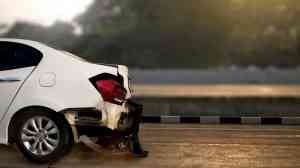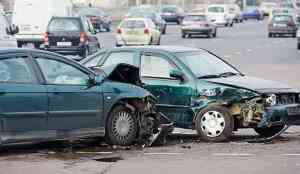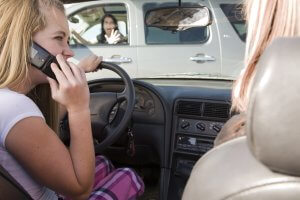
The Center for Auto Safety collected around 250 reports of Hyundai and Kia vehicles spontaneously catching on fire. The National Highway Traffic Safety Administration (NHTSA) reportedly received over 350 complaints about fires involving these vehicles. In these cases, there was no collision and the source of the fires is suspected to be a defect in certain engines shared by these auto brands. So why hasn’t Kia or Hyundai recalled the affected vehicles?
Why Won’t Hyundai/Kia Recall Defective Engines?
As more reports pile up, executives at Kia and Hyundai (which owns 33 percent of Kia) continue to drag their feet. Hyundai claims to welcome comprehensive reviews of the non-collision fires while Kia is promising to hire investigators to look into these “thermal incidents”. Executives from the companies have even refused an invitation from the U.S. Senate Commerce Committee to testify on the subject. This raises concerns that the companies are trying to avoid liability for these fires and the costs that fixing such defects could incur. Considering that an estimated 2.9 million vehicles could be affected, a Kia and Hyundai fire recall of this magnitude could be quite costly, and it could open the company up to be held responsible for the catastrophic injuries that have already occurred.
Burn Injuries and Recovery
In car fires such as these, burn injuries often occur. Depending on the severity of these injuries, it could take months or even years to recover. Some patients may never fully recover and could be forced to deal with physical and psychological pain for the rest of their lives. Multiple surgeries as well as complications such as infections, blood clotting and scarring could result.
At least six people have been reportedly injured due to these Hyundai/Kia non-collision fires. In the case of a teenager grocery shopping in a Kia Soul for his parents, the spontaneous fire proved fatal. Drivers are even reporting being flagged down by good Samaritans, so they can escape vehicles they didn’t even know were burning. That means everyone needs to be on alert when it comes to these car fires, and this is especially true here in California.
What Other Damages Could a Car Fire Cause?
In the past few years, our state has been plagued by wildfires. Though public utilities have gotten the blame for many of these blazes, not all of them were the result of negligently maintained powerlines. The Carr Fire was reportedly sparked by a car with a flat tire, and Fiat Chrysler was blamed for a 2013 fire that happened only a few counties away from Murrieta and Temecula. If one of these Hyundai or Kia vehicles ignite in our area, could thousands of people be affected?
How Can an Attorney Help After a Non-Collision Fire?
In the event of a spontaneous Hyundai or Kia fire, calling an attorney experienced in handling catastrophic injury cases is critical. Our attorney, Steven Gnau, is a trusted attorney who has helped injury victims throughout Temecula, Murrieta and beyond. Call (951) 370-1111 to schedule a free consultation about your injury today. For updates on the progress of a Kia or Hyundai fire recall, keep following our blog and Facebook.




